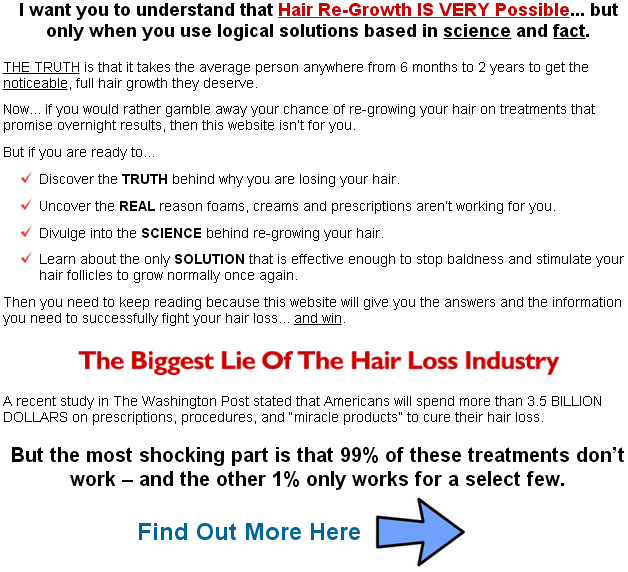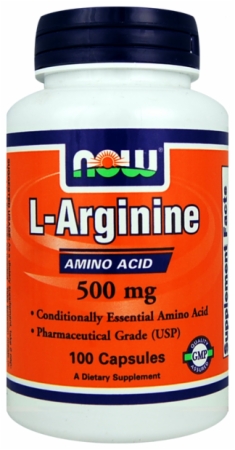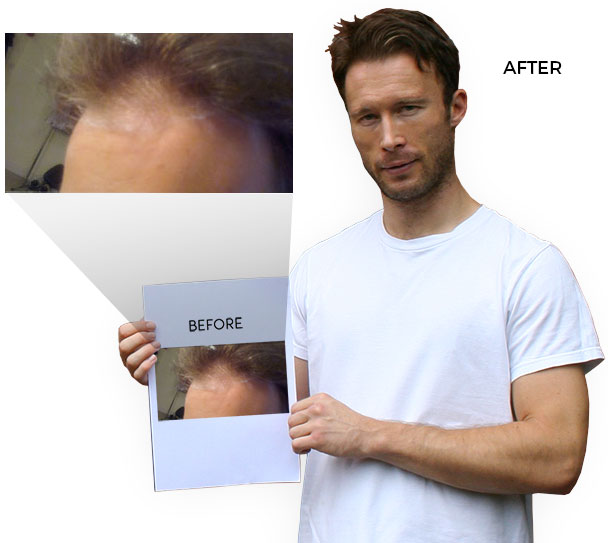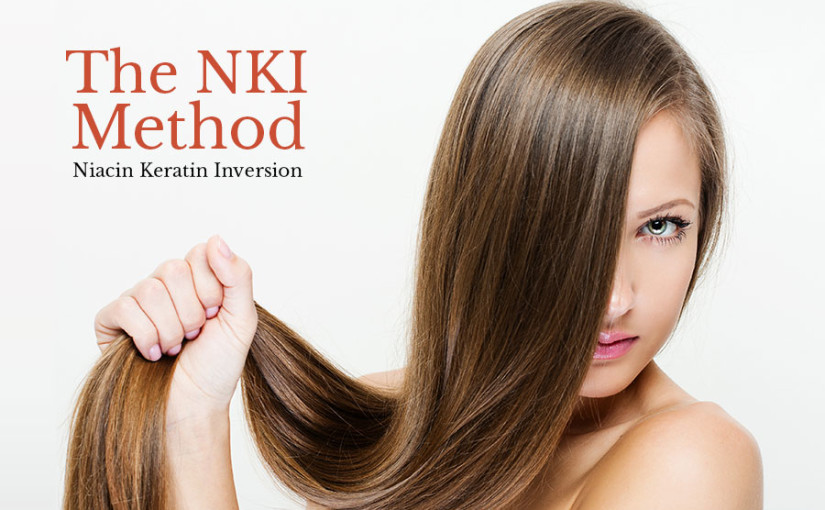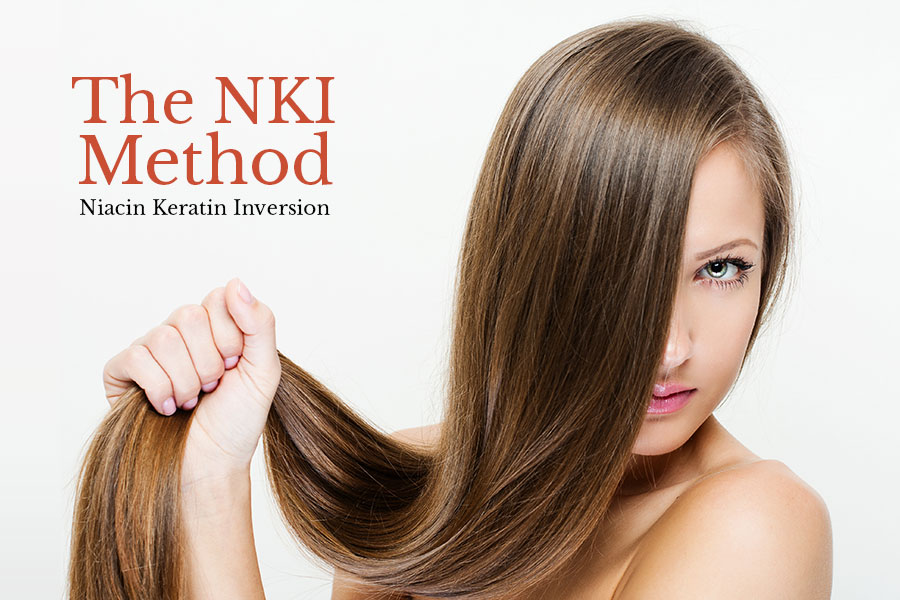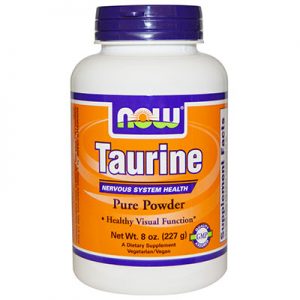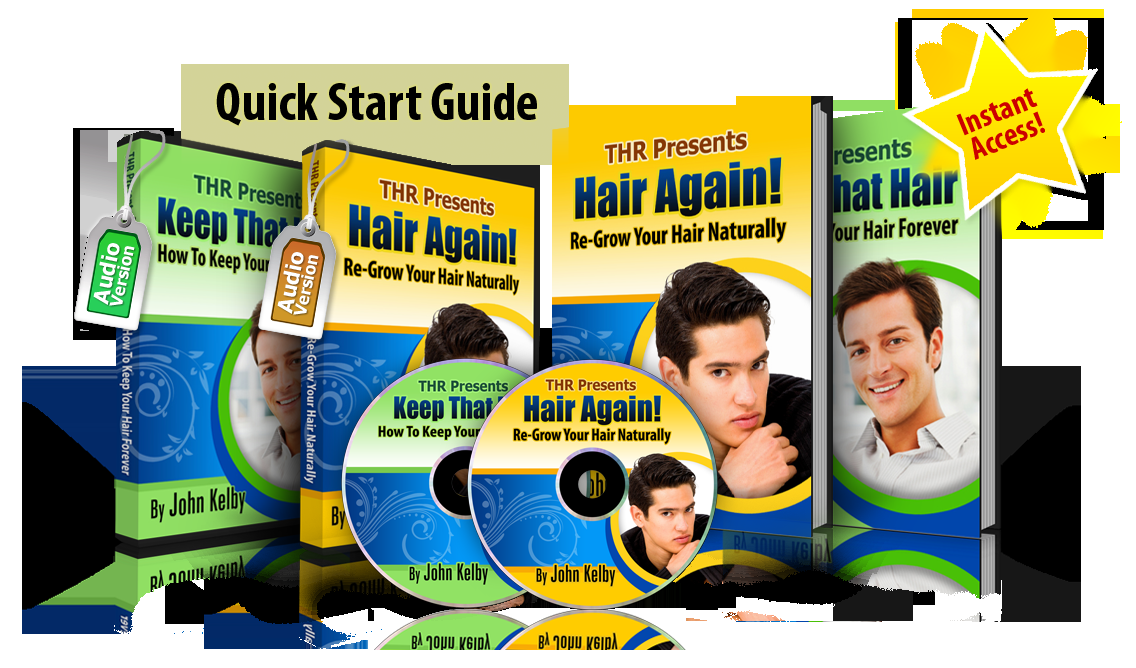Aminexil is a well-known hair loss treatment that has been available for a few years on the market. Although it’s quite popular, the treatment has not yet been FDA approved due to insufficient data on its effects.
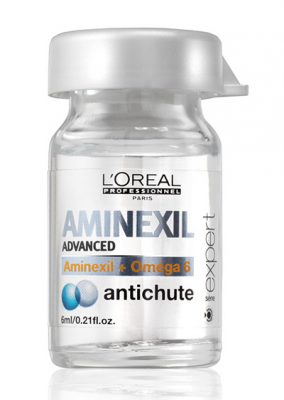
What is Aminexil?
Aminexil is a diamino-pyrimidineoxide that was patented by L’Oreal and has been marketed as an effective treatment for hair loss for years. The treatment was created to be applied topically for more than a month and there is some research pointing towards its efficacy, but it is not a licensed treatment as it doesn’t have approval from the MHRA or the FDA yet. (Sawaya and Shapiro, 2000)
How Effective is Aminexil for hair loss
Studies involving Aminexil are scarce, but almost all available show that the treatment may be effective for the treatment of alopecia. However, we’d also consider the studies conducted so far to not be sufficient to draw solid conclusions.
A report released by L’Oreal cites more studies made by various dermatologists on Aminexil effects. Although the report by L’Oreal may be considered biased, there are other studies that show how Aminexil can actually prevent hair loss.
Aminexil is supposed to have a similar effect as Minoxidil towards hair loss and some topical treatments contain both.
May reduce fibrosis — a key cause of hair loss
Subjects who received Aminexil were found to have a decrease of telogen hair and increase of anagen hairs
The hair follicle has a connective sheath that surrounds it; its fibrosis has been identified as one of the factors associated with hair loss, which is characterized by the continuous shrinking of the androgen reactive hair follicles and ultimately perifollicular fibrosis. (Yoo et al. 2006) Aminexil inhibits the enzyme implicated in the process and contributes to a better hair health. (Baran and Maibach, 1994)
In the report released by L’Oreal (cited by http://www.hairloss-hair-loss.com/, retrieved in 2016), three hundred fifty one individuals received treatment with either a placebo or Aminexil in six single blinded trials that lasted between 3 to 6 months.
The patients had to apply a 6ml water alcohol solution every day on their scalp; the solution contained 1.5% Aminexil. The changes were measured using Phototrichograms which assesses hair quality and measures the hair scalp dynamic. Subjects who received Aminexil were found to have a decrease of telogen hair and increase of anagen hairs.
The telogen phase is when the hair is in a resting phase, stops growing and eventually falls out while the anagen phase is the active growing phase of a hair follicle. (Kanwar and Narang, 2013)
The report states that Aminexil prevents collagen formation around the hair follicle which increases its chances of survival. L’Oreal states that one treatment is sufficient to repair the damaged hair cells in people with a wide variety of conditions, from seasonal hair loss to stress induced hair loss. The paper also recommends that those who are gradually experiencing thinning hair and believe it is caused by a hereditary factor should use the treatment twice every year as it will stop the hardening of the hair follicle produced by testosterone. The report further states that the treatment has been tested for 10 years in various hospitals and clinics with positive results on premature baldness. (L’Oreal study cited by http://www.hairloss-hair-loss.com/, retrieved in 2016)
The Effects of Aminexil Treatment
Aminexil preserves hair, helps with seasonal hair loss and shows improvements on people with alopecia stage II to V
The L’Oreal study promises thicker hair through the hardening of the hair follicles as well as a longer life for each hair follicle that otherwise would have fallen out. But there are limitations to the Aminexil treatment, as it cannot create new hair follicles, so the treatment is only to prevent or stop hair thinning. Those who have been experiencing hair loss for years and already have a high degree of alopecia cannot improve their condition much by using Aminexil.
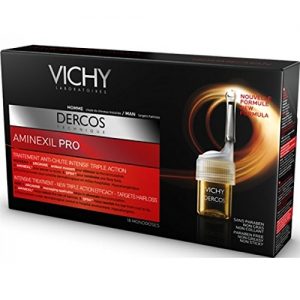
Application is easy; the product can be applied directly on the scalp using a massaging technique. The product will reach the root of the hair through the hair itself but it can be helped by massaging the scalp at the roots. (cited by http://www.hairloss-hair-loss.com/, retrieved in 2016),
In conclusion, the studies cited in the L’Oreal report show that Aminexil preserves hair, helps with seasonal hair loss and shows improvements on people with alopecia stage II to V. (www.heranswer.com, retrieved in 2016)
A good treatment for female hair loss
Female pattern baldness is very similar to androgenetic alopecia, causing a reduction in hair density over the frontal scalp and the crown and its frequency is higher than expected and may equal male androgenetic alopecia. It does tend to occur in genetically pre-disposed patients but it also seems connected with hormonal changes as it has been linked with menopause and metabolic syndrome.
The cause is a reduction in the dermal papilla volume and the duration of anagen decreases from a couple of years to a few weeks or months while the telogen remains the same or increases. This results in an accelerated hair loss and hair aging.
The paper also assesses the topical treatments that may be available for women. Besides Minoxidil, it seems that treatments containing both Minoxidil and Aminexil seem to reverse the perifollicular fibrosis as well as show improvements in impairing hair loss. (Singal et al.2013)
Furthermore, another study on female pattern baldness and its treatment (Kučerová R, 2006) mentions Aminexil again as an antifibrotic agent for collagen formation around the hair follicle either on its own or in combination with Minoxidil.
A good supporting treatment in male pattern hair loss
A previous paper from 2005 (Bienová et al.) confirms that Aminexil can be used as a treatment for androgenetic alopecia on its own or in a combined topical therapeutic method using minoxidil, fluridil or a preparation containing RTH16.
Another study on alopecia was conducted by the Department of Dermatology at the University of Bologna, Italy on the efficacy of Aminexil on patients who stop finasteride treatment.
The study’s goal was to see whether the Aminexil lotion would reduce hair loss that usually occurs after patients stop their treatment with oral finasteride.
The study was performed on 18 male patients with ages between 20 to 43 years that underwent treatment with finasteride 1mg for at least a year and stopped the treatment for various reasons. After the finasteride treatment was stopped they had to apply an Aminexil lotion once daily for one year.
After one year the evaluation showed the following: increased hair count in 3 patients, no changes in hair count for 9 patients, moderate decrease in 3 patients and slight decrease in 6 patients.
fibrosis is a hot topic in hair loss research
The study argues that Aminexil can be helpful in preventing the significant hair loss experienced after a treatment with finasteride but more studies on larger groups need to be made for the results to be more conclusive. (Vincenzi et al., 2004)
A synergistic effect between Aminexil and Minoxidil
The patent for a topical treatment containing both Aminexil and Minoxidil for the treatment of alopecia in mamals proposes a fixed dose of solution. This is because the solution containing Aminexil as well as minoxidil leads to a synergetic effect on the hair growth response as well as help with the deficiency in the growth process caused by the minoxidil’s poor water solubility and alcohol. (Dhuppard et al., 2008)
Although there isn’t sufficient data to conclusively report that Aminexil stops hair loss, there is significant data pointing towards this fact and even a few noteworthy studies linking Aminexil to hair fibrosis. Perhaps this link is the best takeaway from these studies, since fibrosis is a hot topic in hair loss research and any effective treatment would be worthy of further study.
The studies performed both on mammals and humans show that Aminexil not only works in combination with other hair loss treatments but also has a great effect on its own as an antifibrotic agent and this alone can help scientists come up with new non-invasive treatment methods for people with alopecia.
References and further reading
- Sawaya, Marty E et al., Alopecia: unapproved treatments or indications, Clinics in Dermatology , Volume 18 , Issue 2 , 177 – 186, http://www.sciencedirect.com/science/article/pii/S0733863505701467 Link: http://hairlosssucks.com/download/sawaya2.pdf
- Kanwar AJ, Narang T. Anagen effluvium. Indian J Dermatol Venereol Leprol [serial online] 2013 [cited 2016 Jul 6];79:604-12. Available from: http://www.ijdvl.com/text.asp?2013/79/5/604/116728
- Hyeon Gyeong Yoo, Jin Sook Kim, Se Rah Lee, Hyun Keol Pyo, Hyung In Moon, Jong Hee Lee, Oh Sang Kwon, Jin Ho Chung, Kyu Han Kim, Hee Chul Eun, Kwang Hyun Cho Perifollicular Fibrosis: Pathogenetic Role in Androgenetic Alopecia Department of Dermatology, Seoul National University College of Medicine, Laboratory of Cutaneous Aging and Hair Research, Clinical Research Institute, Seoul National University Hospital, and Institute of Dermatological Science, Seoul National University, 2006
- Robert Baran and Howard Maibach , Textbook of Cosmetic Dermatology (Series in Cosmetic and Laser Therapy), Oct 15, 2010 Link:https://books.google.ro/books?id=rKHSBQAAQBAJ&pg=PA369&lpg=PA369&dq=Perifollicular+fibrosis+aminexil&source=bl&ots=5fxz8djogr&sig=Q5hOsaj2Lbc2gA5nKZ4gb3Ld80I&hl=en&sa=X&redir_esc=y#v=onepage&q=Perifollicular%20fibrosis%20aminexil&f=false
- Aminexil studies retrieved from: http://www.hairloss-hair.co.uk/ http://www.heranswer.com/spectral_dnc_studies.asp
- Singal A, Sonthalia S, Verma P. Female pattern hair loss. Indian J Dermatol Venereol Leprol [serial online] 2013 [cited 2016 Jul 8];79:626-40. Available from: http://www.ijdvl.com/text.asp?2013/79/5/626/116732
- M. Bienová, R. Ku~erová, M. Fiurá{ková, M. Hajdúch and Z. Koláŕ. Androgenetic alopecia and current methods of treatment, Acta Dermatoven APA Vol 14, 2005, No 1 Link: http://s3-eu-west-1.amazonaws.com/journalhub/10.2478/archive/acta-apa-05-1/1.pdf
- R. Kucerova, M. Bienova, R. Novotny, et al. Current therapies of female androgenetic alopecia and use of fluridil, a novel topical antiandrogen, SCRIPTA MEDICA (BRNO) – 79 (1): 35–48, February 2006 Link: http://www.med.muni.cz/biomedjournal/pdf/2006/01/35_48.pdf
- Colombina Vincenzi, Alfredo Rossi,Carmen Cantisani, Massimiliano Pazzaglia, Antonella Tosti, Does Aminexil Prevent Hair Loss In Patients With Androgenetic Alopecia Who Stop Finasteride Treatment?, Department of Dermatology, University of Bologna, Italy, * Department of Dermatology , University La Sapienza, Rome, Italy Link: http://ehrs.org/conferenceabstracts/2004berlin/researchabstracts/P9-118-Vincenzi.htm
- Ulhas Rameshchandra Dhuppad, Vasant Sitaram Khachane, Nitin Babulal Bhamre, Santosh Kumar Pal, Topical pharmaceutical combination comprising minoxidil and aminexil, Glenmark Pharmaceuticals Limited, 2008
The post Aminexil for Hair Growth appeared first on NiceHair.
NiceHair



